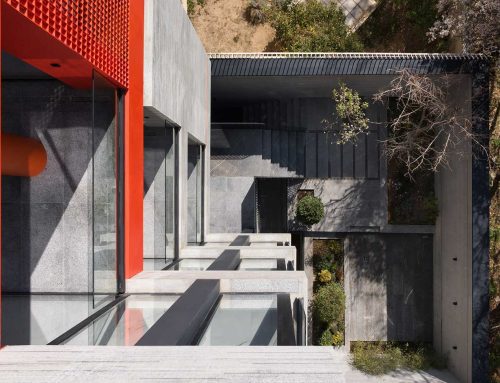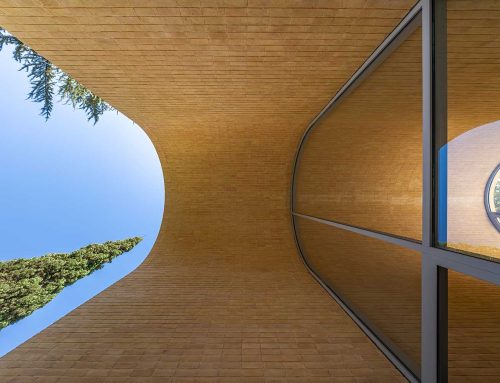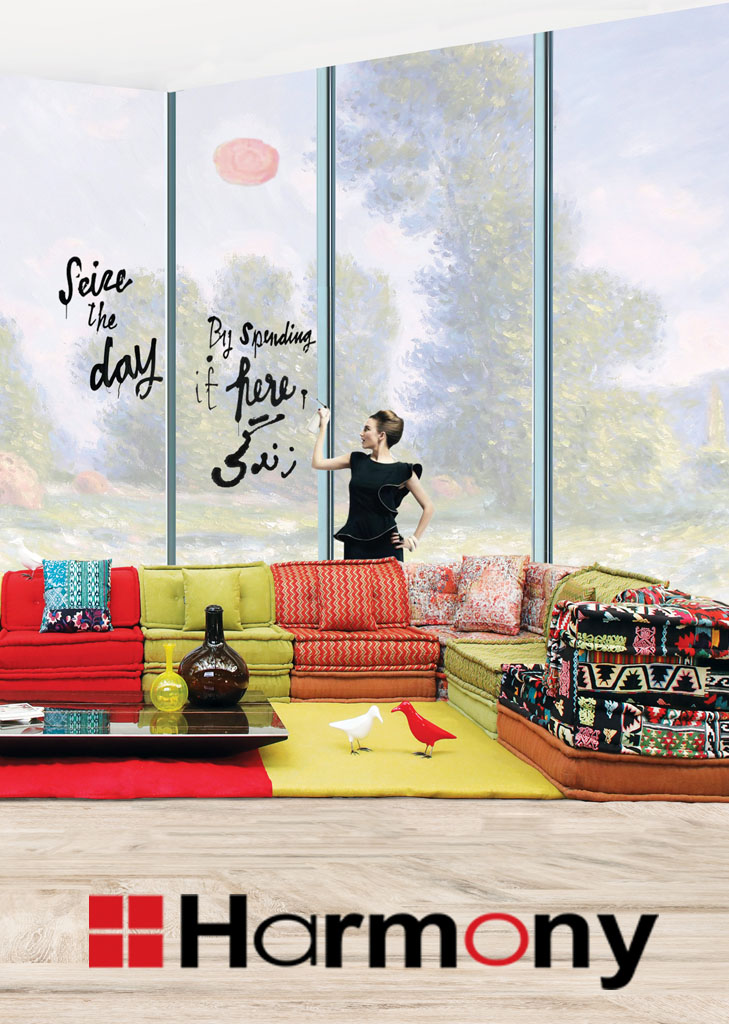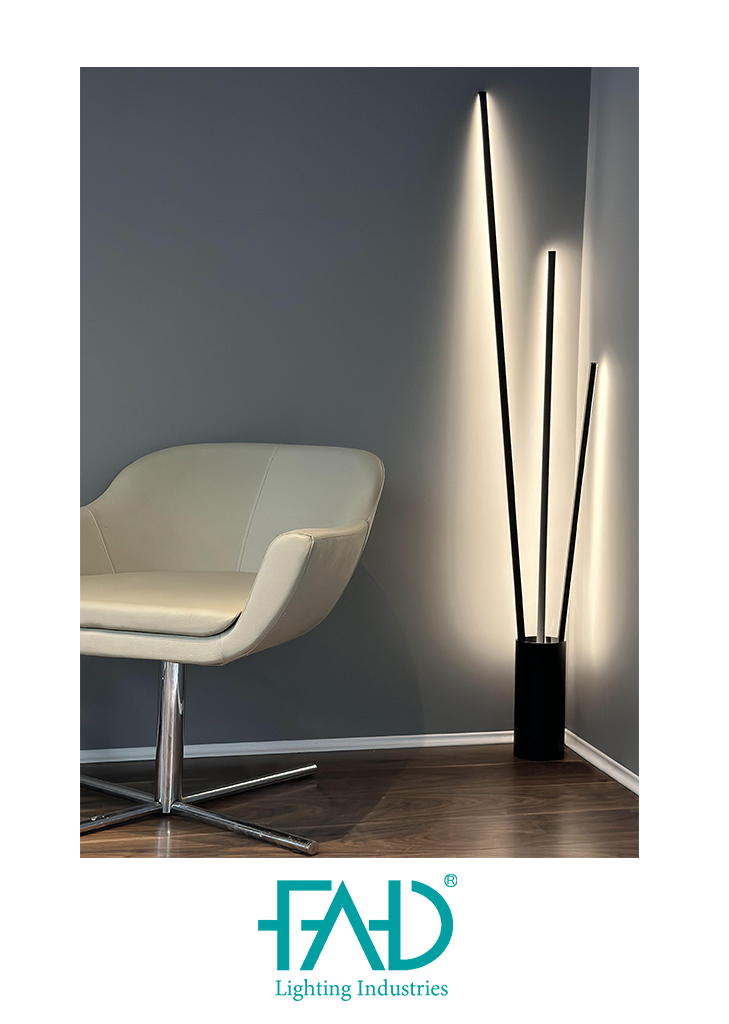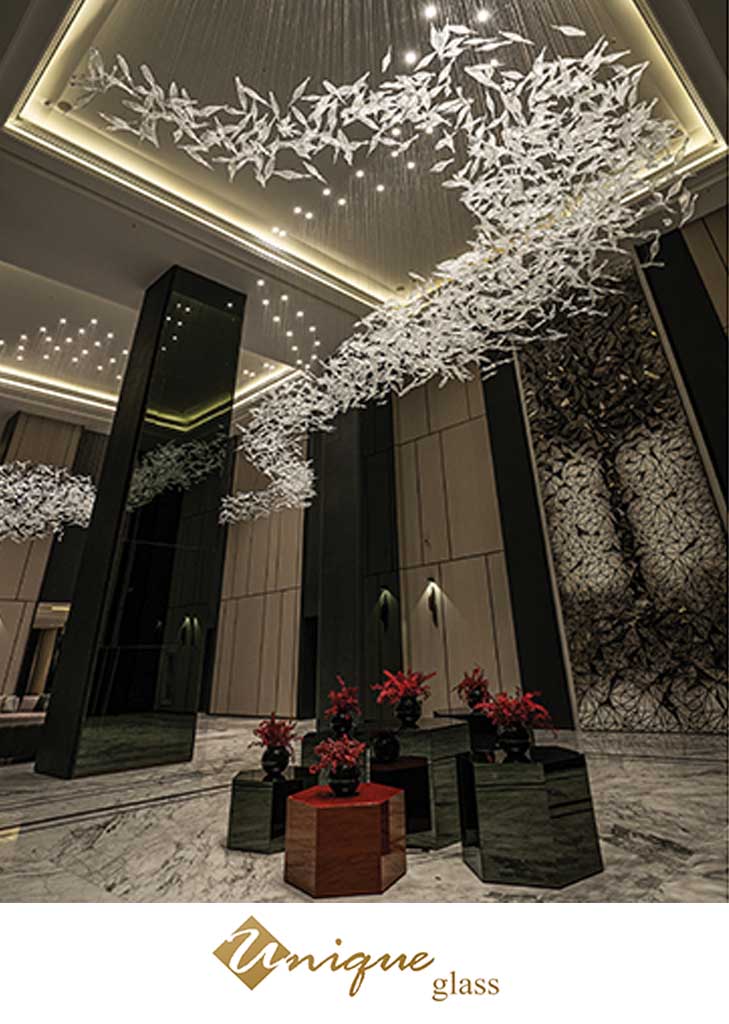مرمت و بازسازی، بنای تاریخی سرهنگ بهرامی اثر فرامرز پارسی


آنچه در طول زمان بر یک بنای تاریخی میگذرد از زمان شروع ساخت تا روزی که دوباره متوجه آن شویم داستانی را میسازد که کالبد بنا بخشی از آن داستان است. گاه داستان یک بنا سالها پیش از ساخته شدن آن شکل میگیرد. داستان ساختمان سرهنگ بهرامی نیز چنین است و به آغاز دوران پهلوی اول بر میگردد. از میان فرزندان میرزااحمد که خود منشی دربار ناصرالدین شاه بوده پسری به نام محمود به منشیگری رضاخان رسیده و به منشیباشی ملقب میگردد. او با درآمدی که از این شغل به دست آورده بود، ثروت زیادی شامل املاک و مستغلات فراوان و کارخانهای در قزوین فراهم میآورد ولی چون محمودخان زن و فرزندی نداشته این ثروت پس از مرگ به توصیهی میرزامحمود توسط برادرش سرهنگ یوسف بهرامی که از افسران شهربانی بوده و مردی خیر و مومن و مقید به مقدسات دینی بوده وقف بنای بیمارستانی میشود که خود میرزامحمود آنرا آغاز کرده بوده. این مرد نیکاندیش، بدون آنکه ریالی در این مال دخل و تصرف کند مبلغ 5000 تومان از این مال را صرف حج واجب میرزا محمود و باقی آنرا صرف تکمیل بیمارستانی در قاسمآباد واقع در جادهی تهراننو شود. بیمارستانی که هنوز هم پابرجاست و به کودکان تهرانی خدمت میکند.
پس از مرگ میرزامحمود خانهی مسکونی وی در خیابان امیراکرم (نوفل لوشاتو) که وقف بیمارستان شده بود به آموزش و پرورش اجاره داده شده و عواید آن در اختیار بیمارستان قرار میگیرد. داستان ما از حدود سال 1310 به بنایی گره میخورد که منزل شخصی میرزامحمود بهرامی است.
این ساختمان در محلی بنا میشود که در آن زمان رجال و متمولین در آن خانه داشتند و محلهی اعیاننشین تهران محسوب میشد. معماری آن نمادی تمام و کمال از معماری آن دوران است؛ یک پلان سه قسمتی رو به جنوب که به واسطهی راهرویی از سه قسمت شمالی که امتداد دیوارهای اصلی بنا است جدا میشود. سازمان فضایی آن به هیچ وجه در امتداد معماری تاریخی ایران نیست مخصوصا پلهی کما بیش تشریفاتی آن و مکان استقرار این پله در گوشهی شمالغربی بنا. اما روش ساخت بنا کاملا سنتی است؛ زیرزمین آجری با سازهی طاقی و آجرچینیهای ساده و خفته راسته کاملا مبتنی بر روش ساخت تهرانی است و سازهی دو طبقهی خشتی در بالای این زیرزمین سازه قابی که در طبقهی میانی به صورت تیرپوش و در طبقهی بالا به صورت خرپایی اجرا شده تکنیک رایج معماری تهران آن زمان است و البته سه سطح شدن و با سه اشکوبه شدن جریانی از معماری است که در دورهی پهلوی اول رایج شده و ساختمانهایی چون شهربانی و وزارت امور خارجه و دبیرستان البرز و… همگی دارای زیرزمینی با سازهی طاقی و دو طبقه بر روی آن هستند و البته بسیاری از این ابنیه مخصوصا ابنیهی مسکونی بر روی زیرزمینهای باقیمانده از بناهای قاجاری شکل گرفتهاند و احتمالا این بنا نیز چنین سرنوشتی داشته است. نمایی گچی به دنبالهروی از نماهای سنگی و سفید اروپایی بر روی سکویی آجری با قاببندیهای گچی و سرستونهای کبریتی و آنتابلمان نهایی به سبک باروک.
زیرزمین اگرچه کاملا حس و حال بناهای قاجاری را دارد و چنانکه گفته شد شاید اساسا قاجاری هم ولی در طبقات باشد. قاببندیهای گچی و گلوییهای گچی و گچبریهایی از نقوش گیاهی به سبک اروپایی اتاقهایی از یک کاخ اروپایی را در ذهن شکل میدهد.
ششمین کتاب سال معماری معاصر ایران 1402
_______________________________________
نام پروژه: طرح مرمت و احیاء خانه سرهنگ یوسف بهرامی
عملکرد: مجموعه فرهنگی پذیرایی (کافیشاپ، رستوران، کانسپت استور و فروشگاه آثار فرهنگی و هنری، کافه قنادی، گلخانه، بلک باکس و گالری نمایشگاهی آثار هنری)
مهندسین مشاور: شرکت مهندسان مشاور عمارت خورشید
معماران: فرامرز پارسی، سید وحید افصحی
همکاران طراحی: مهری مداح، کاوه منصوری، سورنا رفیعیان
طراحی و معماری داخلی: سید وحید افصحی، سورنا رفیعیان، امیر حسین قدسی
کارفرما: موقوفه بهرامی
مجری: شرکت مهندسی صاحب آباد پرتو
نورپردازی: حامد پرهام
مهندس تاسیسات: نیما طالبی، حامد پرهام
نوع تاسیسات: VRF
مهندس سازه: صابر اسدی
نوع سازه: مقاوم سازی بنای تاریخی با استفاده از مش ژئوگرید و کلافکشی فلزی و تقویت پوششها با استفاده از بتن
آدرس پروژه: تهران، خ نوفل لوشاتو، روبروی پردیس تئاتر شهرزاد، پلاک 69
مساحت زمین: 1250 مترمربع
زیربنا: 1000 مترمربع
کارفرما: موقوفه سرهنگ بهرامی
تاریخ شروع- پایان ساخت: 1403- 1396
عکاس پروژه: فرشید رحیمی کلهرودی، سید فرید توکلی
وبسایت: www.emaratkhorshid.com / www.sahebabad.com
ایمیل: e.khorshid.co@gmail.com
اینستاگرام: ek.arc
The historical monument of Colonel Bahrami, Faramarz Parsi

What happens to a historical building over time, from the time of construction to the day we notice it again, creates a story in which the body of the building is a part of that story. Sometimes the story of a building takes shape years before its construction. The story of Colonel Bahrami’s building is also similar and it goes back to the beginning of the first Pahlavi period. Among the children of Mirza Ahmed, who was the secretary of Naseruddin Shah’s court, a son named Mahmoud became the secretary of Reza Khan and is nicknamed Secretary. With the income he earned from this job, he provided a lot of wealth, including many real estates and a factory in Qazvin. But since Mahmoud Khan did not have a wife or children, after his death, this wealth was dedicated to the building of a hospital, which Mirza Mahmoud himself started, on the advice of his brother, Colonel Yusuf Bahrami, who was a police officer and a good and faithful man, bound by religious rituals. It is a good idea of this man to invest 5000 Tomans in this property and spend 5000 Tomans of this property for the obligatory Hajj of Mirza Mahmud and the rest of it to complete a hospital in Qasim Abad located on New Tehran Road. A hospital that is still standing and serves Tehrani children.
After the death of Mirzam Mahmoud, his residential house on Amirakram Street (Nofal Loshatu) which was dedicated to the hospital was rented out to education and the proceeds were given to the hospital. Our story is tied to a building from around 1310, which is the personal residence of Mirzam Mahmoud Bahrami.
This building is built in a place where noblemen and financiers had their houses at that time and it was considered a noble neighborhood of Tehran. Its architecture is a complete and perfect symbol of the architecture of that era, a three-part plan facing the south, which is separated from the three northern parts that extend the main walls of the building by a corridor. Its spatial organization is in no way along the historical architecture of Iran, especially its more or less ceremonial staircase and the location of this staircase in the northwest corner of the building. But the construction method of the building is completely traditional, the brick basement with arch structure and simple and straight brickwork is completely based on the Tehrani construction method, and the two-story brick structure on top of this basement is a frame structure that is covered with beams on the middle floor and The implemented truss form is the common architectural technique of Tehran at that time, and of course, three levels and with three steps is a current of architecture.
which became common during the first Pahlavi period and buildings such as the Shahrban, the Ministry of Foreign Affairs, Alborz High School, etc. all have basements with arched structures and two floors on it, and of course many of these buildings, especially residential buildings, are built on the remaining basements. They were formed from Qajar buildings and probably this building also had a similar fate. A plaster view following a sequence of European stone and white facades on a brick platform with plaster frames and match capitals and the final tabelma in baroque style.
Although the basement has the feeling of Qajar buildings, and as mentioned, it may be basically Qajar, but in the floors. Plaster frames and plaster throats and plasterings of plant patterns in European style form rooms of a European palace in the mind.
Project Name: Rehabilitation of Bahrami Mansion
Function: Multi Functional Use (Café, restaurant, Confectionary, Bakery, greenhouse, Black Box, Concept store)
Company: Emarat Khorshid Consulting Engineers
Lead Architects: Faramarz Parsi, Seyyed Vahid Afsahi
Design Team: Mehri Maddah, Kaveh Mansoori, Sourena Rafeiyan
Interior Design: Seyyed Vahid Afsahi, Sourena Rafeiyan
Client: Bahrami Endowment Foundation
Constructor: Saheb Abad Construction Company
Lighting: Hamed Parham
Mechanical Installations Engineer: Nima Talebi, Hamed Parham
Mechanical Structure: VRF System
Structural Engineer: Saber Asadi
Structure: Masonry Structure consolidated by Concrete & geogrid fibers
Location: No.69, Nofel Loshato St, Hafez St, Tehran
Total Land Area: 1250 m2
Area of Construction: 1000 m2
Date: 2024-2017
Photographer: Farshid Rahimi Kalahroudi, Seyyed Farid Tavakkoli
Website: www.emaratkhorshid.com / www.sahebabad.com
Email: e.khorshid.co@gmail.com
Instagram: ek.arc
































